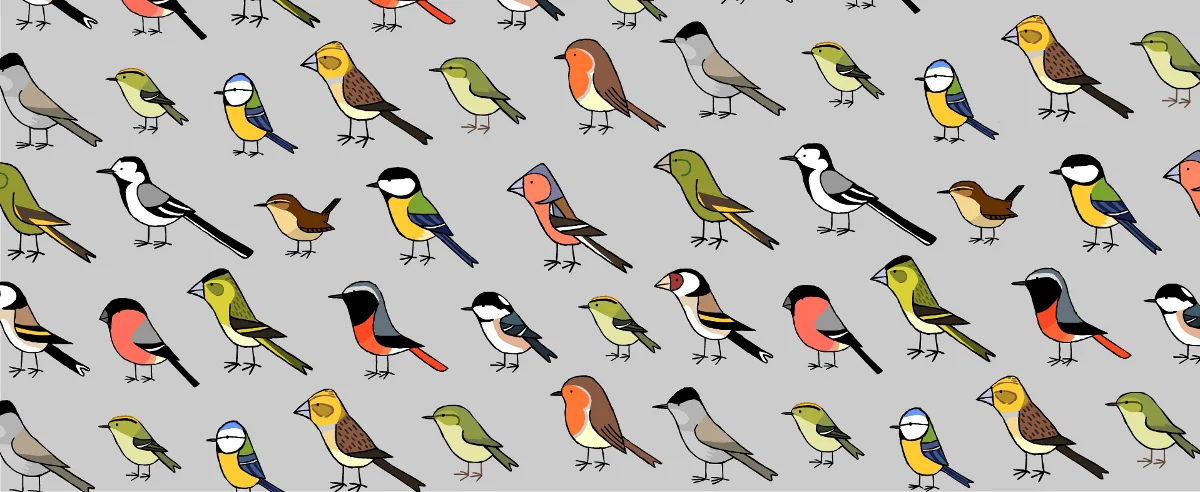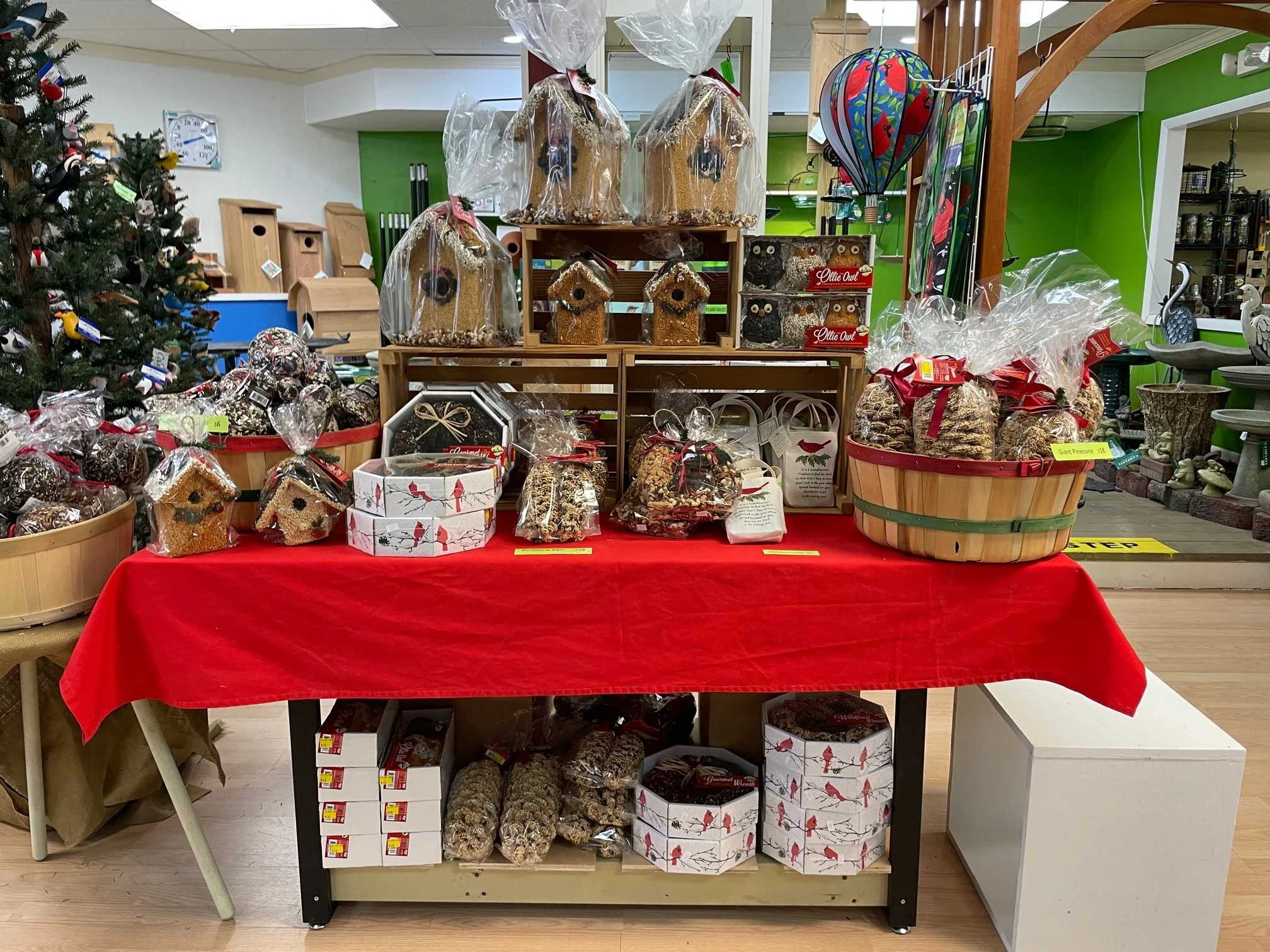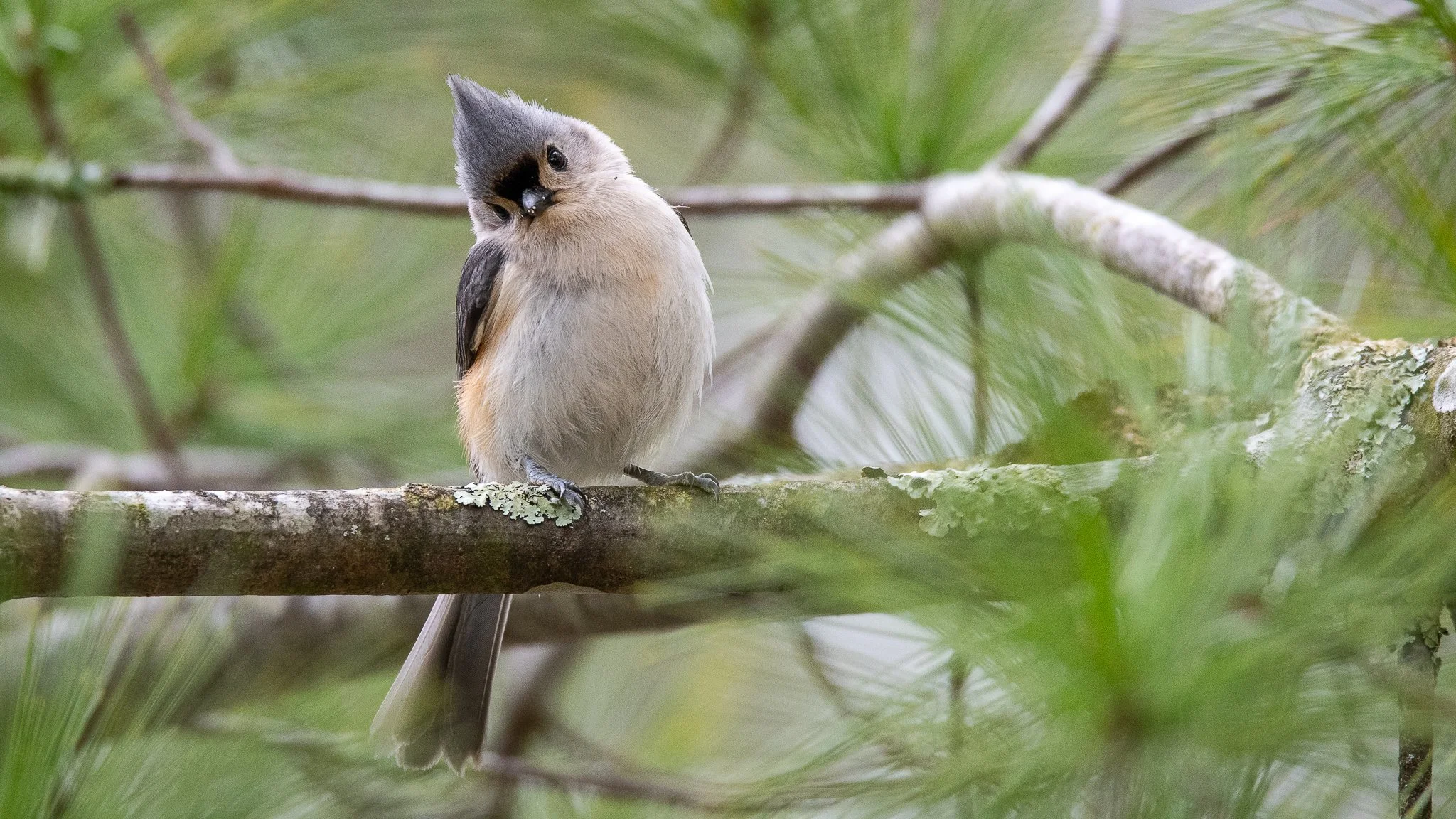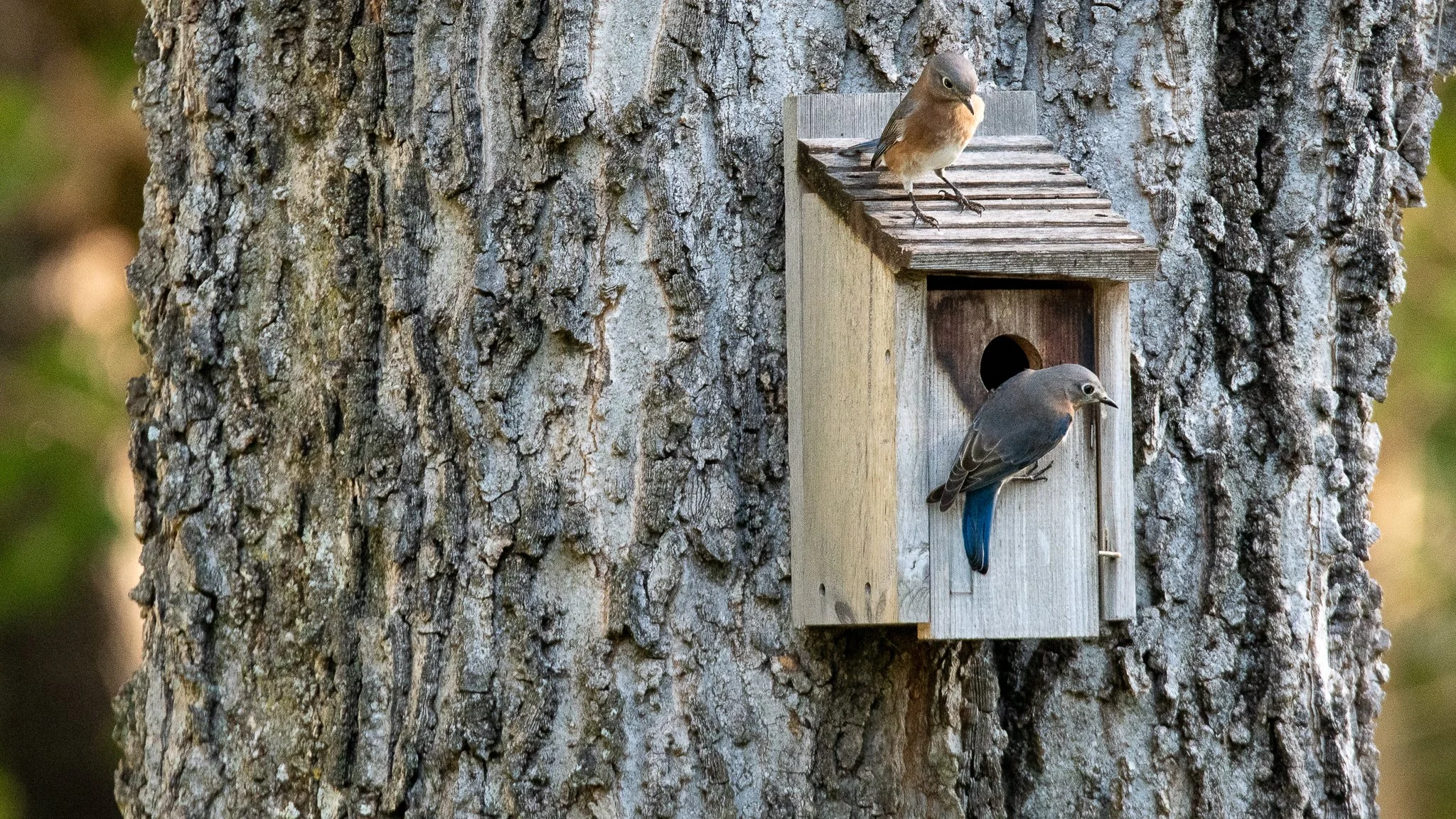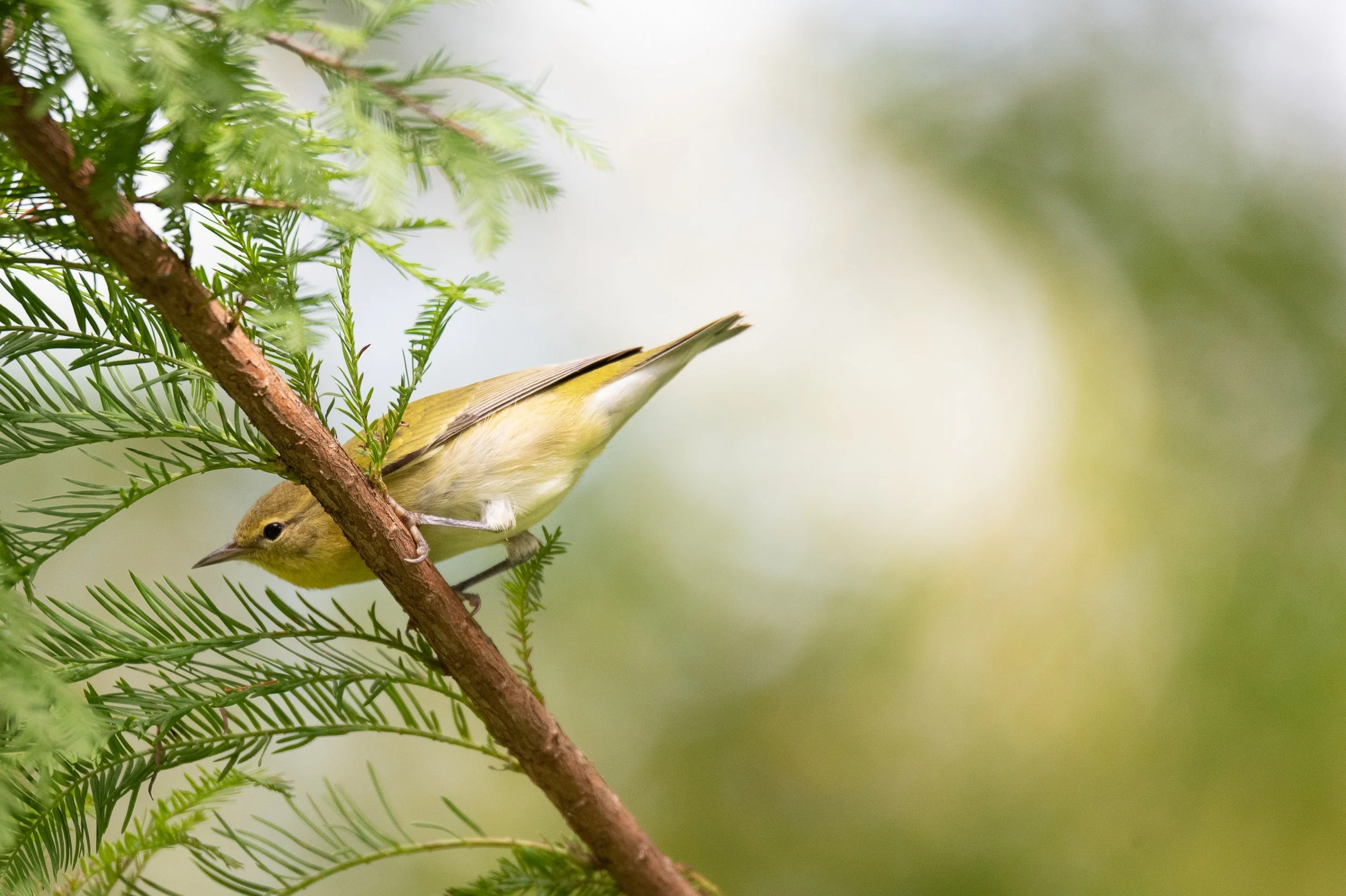Mr. Bird has Landed
While things have been slow at feeders, we’ve been keeping busy around the shop searching for new gifts for this year’s holiday season, and we have found some new items (in addition to our staples) that we are confident you and your family and friends will love!
First, we are excited to announce the return of our Mr. Bird Holiday Collection! We are filled to bursting with bird seed ornaments, wreaths, decorative bird seed covered houses, and much more. We now have Mr. Bird gifts in all shapes and sizes, stocking stuffer sized Little Hearts and Little Stars ($5 and $6, respectively) to the Seed and Nut Balls and Ollie Owls. ($8 each) Want something a little larger? How about the largest seed covered pine cone you’ve likely ever seen? The Giant Pinecone is large enough to feed a flock of song birds and it’s only $18! If you don’t need a pine cone that is larger than a grown man’s head, we also have in the ever popular Birdseed Wreaths, which are as popular with the birds as they are with the humans.
One of the best sellers over the years has been the different bird seed covered houses! They come in two sizes, the small Birdie Cottage ($18) and the full sized Birdie B&B. ($60) The fun part of the Birdie B&B is that once the birds have consumed the seed, it can be used as a fully functional bluebird box.
All these consumable seed ornaments can make the perfect gifts for the folks on your lists who “have it all.”
Purple Finch Sightings
Male Purple Finch
Photo by Eli Haislip
So far, this season is proving to be a great one for sightings of Purple Finch! More often, it is in the depths of winter when we begin to hear the odd report of a purple finch, and even then it is rarely more than one or two. As of this week though, we have already had three reports with numbers ranging between 1 and 12 birds at feeders or water sources. Now, if you are thinking to yourself, ‘I have those year round, what’s the big deal?’, what you are seeing is actually the House Finch, a common year round feeder visitor. Purple Finches share similarities, but once you learn the differences, you’ll never mistake the two again!
For starters, we only have Purple Finches during the fall and winter months here in Middle Tennessee. Purple Finches have been described by Roger Tory Peterson (the author and illustrator of our favorite field guide; Peterson’s Field Guide to Birds of Eastern and Central North America) as “a sparrow dipped in raspberry juice.” Seen side by side, the color difference is quite pronounced. Purple Finch are much more, well, purple in comparison to the red of the House Finch. Also, the coloration of Purple Finches extends around to their back and wings. Females can be easily identified by the darker band of feathers that extends behind their eye.
Fortunately for us, these beautiful finches are not difficult to please when they do visit feeders. They will enjoy sunflower, or any sunflower heavy blends (such as our Woodland Blend or our no-mess Premium Blend) as well as safflower seed.

